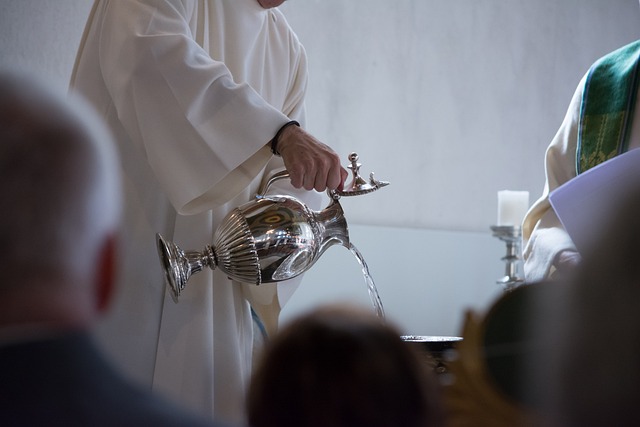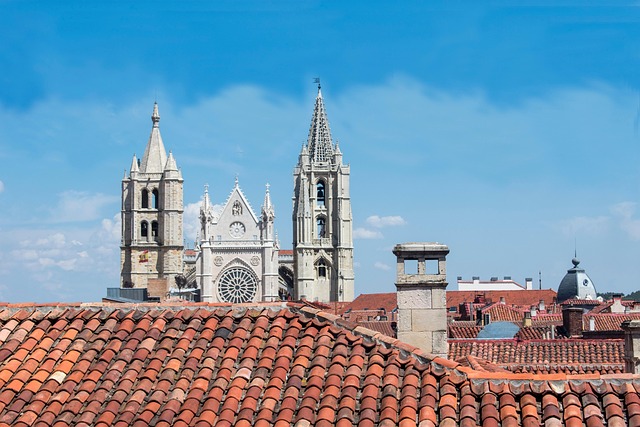The act of liturgical anointing transcends mere ritual; it is a profound spiritual practice that evokes deep feelings of connection, healing, and sacred transformation. Throughout history, various religious traditions have utilized anointing as a means to consecrate individuals, objects, or spaces, marking them as sacred and set apart for divine purposes. This transformative ritual is a powerful reminder of the divine presence operating within the ordinary fabric of life.
In many religious contexts, liturgical anointing signifies the initiation of individuals into roles of leadership, healing, or ministry. For instance, in Christianity, priests and kings were often anointed with oil, symbolizing the empowerment of the Holy Spirit. This sacred act provides a tangible sense of support, grace, and divine calling, reminding us that we are not alone in our journeys, but rather supported by something greater than ourselves.
From the fragrant oil used in Jewish temple rituals to the chrism employed in various Christian sacraments, the use of materials in liturgical anointing serves to heighten the sensory experience of the worshiper. The scent, texture, and warmth of the oil can invoke feelings of comfort and peace, transporting individuals into a sacred space where the boundaries between the secular and the divine blur. This connection to the sensory world is essential, reminding us that our spirituality is deeply rooted in our corporeal existence.
Moreover, the act of anointing can also serve as a metaphor for healing and restoration. In times of distress, grief, or uncertainty, the gentle touch of anointing oil can symbolize God’s loving presence in our lives, offering solace and reassurance. Rituals of anointing can foster a sense of community as well, as they often bring individuals together in prayer and support, collectively seeking healing and divine intervention.
As we explore the power of liturgical anointing, it is vital to recognize its role in personal and communal identity. For many, being part of a community that practices sacred anointing can create a shared sense of purpose and belonging. These rituals connect us to our heritage, allowing us to partake in the spiritual legacies that have shaped our beliefs and practices over centuries.
In an age where many feel disconnected from tradition, revitalizing the practice of liturgical anointing can draw individuals back into the sacred narrative of their faith. Whether through communal worship or personal prayer, the act of anointing invites us to reflect on our spiritual journeys, heal from past wounds, and embrace the future with hope and faith.
At its core, liturgical anointing encapsulates the essence of divine grace. It reaffirms the belief that each person is worthy of spiritual care and love. The act serves to remind us that we are chosen, cherished, and called to shine our light into the world. Thus, as we engage with this powerful ritual, we are participating in an ongoing story of faith and resilience, embracing both the sacred and the everyday in our lives.



